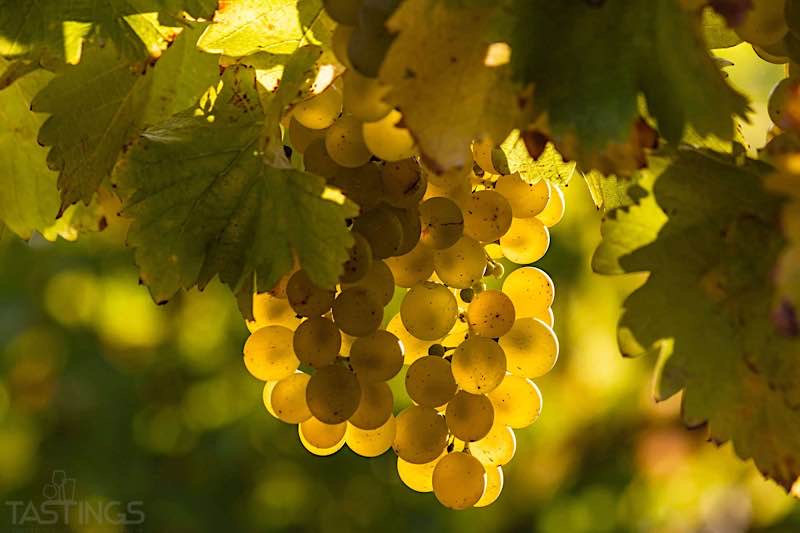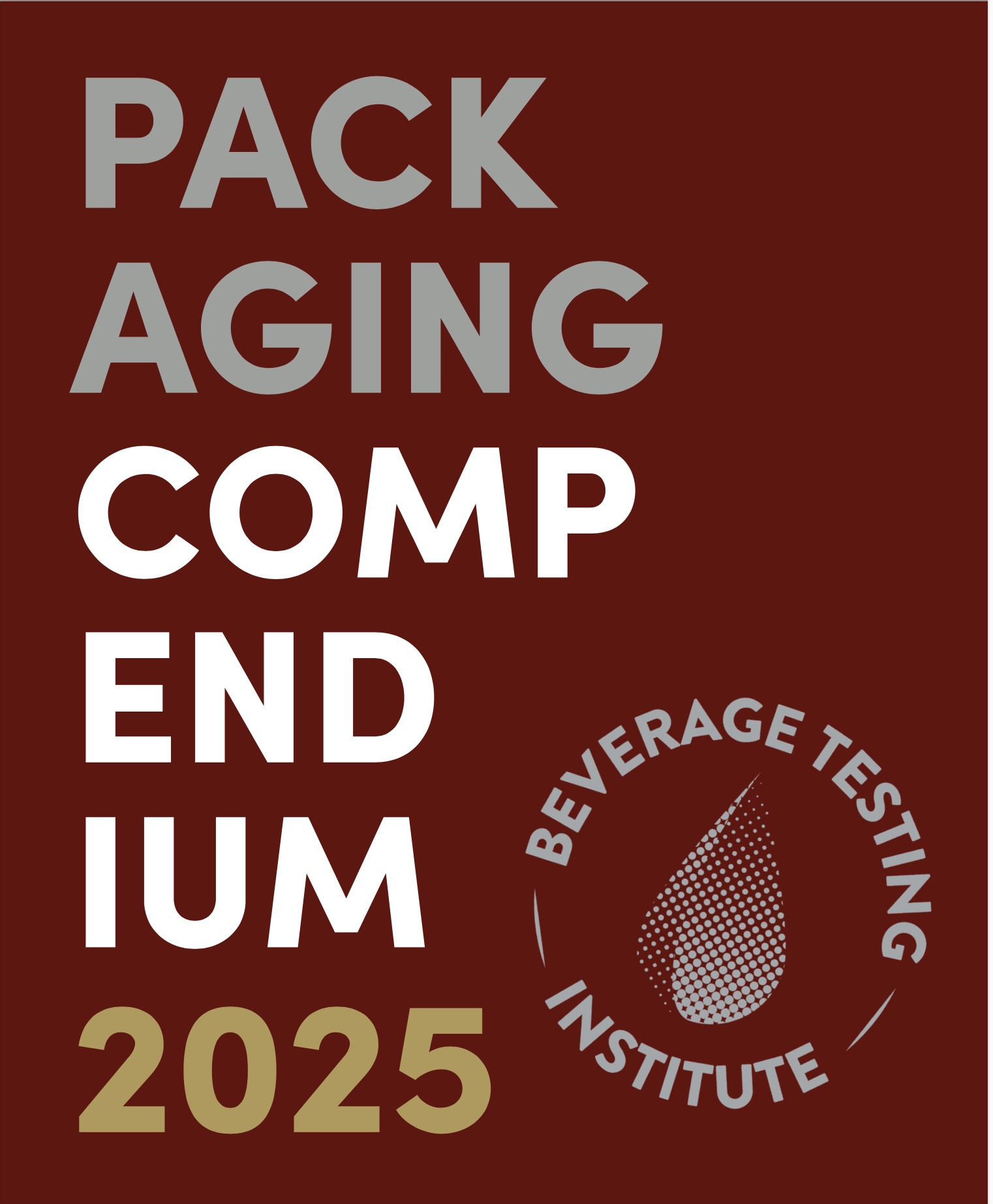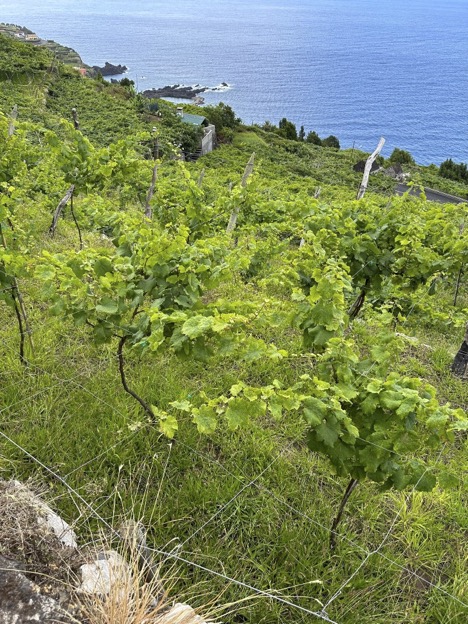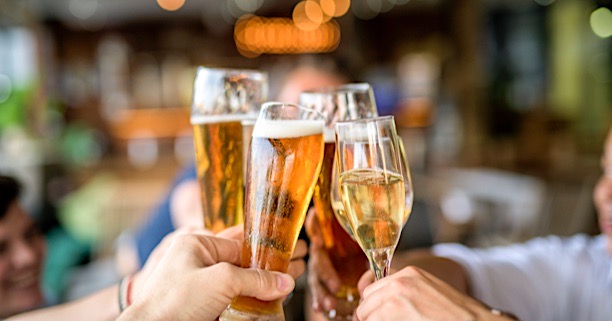Sauvignon Blanc is one of the most popular white wines in the world and for good reason. Crisp, dry and displaying a panoply of styles, Sauvignon Blanc can go from lean and terroir-driven Sancerre in France’s Loire region to tropical and zesty expressions from New Zealand. But how does this shape-shifting white wine show when produced in other regions? And why do so many people love it? Pour yourself a glass and let’s dive in!
When chatting with a few wine professionals about Sauvignon Blanc the first step in this grape’s mass appeal is linked to ease and versatility. “Sauvignon Blanc goes with so many dishes,” says Sommelier Jon McDaniel (named one of the best sommeliers in America by Food & Wine magazine). “It’s like the salt or acid that a cook adds to a recipe to bring it to life. Sauvignon Blanc is a welcome accent to so many foods.”
He adds that Sauvignon Blanc has a lot of flavors that people are familiar with and enjoy. “Sauv Blanc is all grapefruity, lemony, tropical-fruity – it’s not intimidating,” says McDaniel. “I like to call it ‘adult lemonade!’”
Wine retail expert Todd Hess adds, “Sauvignon Blanc is a crisp, high-acid, refreshing wine that you can serve very cold without compromising flavor. It also seems to be universally available and affordable – I can always find a good bottle at a good price almost anywhere.”
Melissa Zeman, owner of Bottles Up!, an independent wine shop in Chicago thinks Sauvignon Blanc’s popularity is linked to its wide availability. “It’s everywhere,” she says. “There’s not a wine list or store shelf that doesn’t have at least one Sauvignon Blanc – it’s availability has bred its popularity.” Being easy to grow in many regions, at higher yields, and without losing flavor integrity makes this wine a producer and consumer value.

Seven Sauvignon Blanc Basics
- A popular varietal for decades, Sauvignon Blanc has grown by 24% in the U.S. over the last two years. Thus outpacing any other variety, according to Julie Rossman, VP of marketing for Kim Crawford, in a recent report from Drizly’s Bev Alc Insights report. (Kim Crawford is Drizly’s top-selling white wine.)
- The Sauvignon Blanc grape is high in acid and low in sugar, making for a tangy, refreshing sip that makes the mouth water.
- The grape originated in southwest France, and the name was derived from the word, “sauvage,” which means “wild” in French, because of its long history as an indigenous grape. (And “blanc,” of course, means “white.”)
- Sauvignon Blanc is the “baby mama” of Cabernet Sauvignon! Yes! Back in the 1600s, historians believe, there was an accidental cross-pollination between Sauvignon Blanc and Cabernet Franc and shazam – Cabernet Sauvignon was born!
- Sauvignon Blanc is rarely aged in oak. Stainless steel is the preferred vessel to retain the fresh n’ fruity flavors of the grape, but there are notable exceptions such as….
- Mondavi Fumé Blanc. “Fumé translates to “smoked” in French, and while this wine is not “smoked” as the name might suggest, it is aged in oak, In the late 1960s, when Robert Mondavi was opening his iconic winery in Napa Valley, he wanted to change peoples’ perceptions of Sauvignon Blanc, so he gave it a signature “California touch” by aging it in oak barrels and calling it Fumé Blanc.
(Mondavi isn’t the only one. Many California producers age Sauvignon Blanc in oak, and a number of other producers from Bordeaux, South Africa and other wine regions choose to age Sauvignon Blanc in oak, to add weigh and richness.)
- New World Sauvignon Blancs from the southern hemisphere (think Chile, New Zealand, South Africa) tend to show more pyrazines, which develop with greater amounts of sunlight. Pyrazines are the compound that produces that grassy, green pepper or jalapeño note in so many popular Sauvignon Blancs.
Tasting the Places
Sauvignon Blanc is grown around the world, from its birthplace in France to California, and many other U.S. regions, Canada, New Zealand, South Africa, Chile and even Italy. There is also a growing number of Eastern European countries growing Sauvignon Blanc, like Bulgaria and Romania. So how does place impact the taste?
California
Because of the warm climate, grapes are going to be riper, showcasing more fruit. These wines shine with citrus and tropical fruit notes and don’t be surprised if some oak influence sneaks up on you.
The 2021 Ehret Family Sauvignon Blanc is completely fermented and aged in stainless steel and made of 100% Sauvignon Blanc from the gravelly loam soils of Knights Valley, the warmest AVA in Sonoma. This creates a ripe and rich style that is lush with passionfruit, banana, and guava while retaining acidity and those refreshing green characteristics of chive blossom, key lime pie, and grapefruit. An inviting tropical fruit salad in your glass.

Hamel Family Wines’ 2020 Sauvignon Blanc is a blend of 80% Sauvignon Blanc and 20% Semillon and indeed was fermented and aged in a mix of stainless steel and Austrian and French oak casks and puncheons. This fruit forward wine unleashes a tidal wave of sunny citrus fruits (think lemon & grapefruit) layered with mild stone fruit and fresh sage. The texture is round and weighty – thanks to that oak. A great sip!

Chile – Sauvignon Blanc is Chile’s second-most-planted grape (after Cabernet Sauvignon) and the west coast of Chile is famous for its Sauvignon Blancs. These wines are herbaceous, and zesty with pyrazines lending that appealing, signature green pepper and jalapeño note. Look for affordalicious bottles from producers like Casas del Bosque, Montes, Contempo, Viña Koyle, Viña Garcés Silva’s Amayna brand, La Playa, Ventisquero Estate’s Grey collection and Viña Tabali’s Talinay.
France
In the Loire, Sancerre (which is Sauvignon Blanc named after the place, not the grape), it’s all about the soil, which is flinty or chalky clay. Because of the cool climate in the Loire, Sancerre does not have the prominent herbaceous notes that SBs from warmer climates do, but you’ll get more citrus, a bit of floral and of course, that minerality and acidity. Château de Sancerre is always a reliable bottling, and Didier Dagueneau from Pouilly Fumé is a nice treat to splurge on when you can find a bottle. When looking for great value table wine, look for a producer like Chevalier Du Grand Robert harvesting from the Pays d’Oc IGP region.
In Bordeaux, where Sauvignon Blanc is the flagship white grape and goes by the name “Bordeaux Blanc,” it is often blended with Semillion. There are two dominant styles of white Bordeaux – light and fruity, or rich and creamy. Bordeaux Blanc is also known for sweeter white Bordeaux style, and these wines are excellent with cheeses and can function as dessert wines. Clos des Lunes is one such accessible white Bordeaux blend.
Australia, New York, Israel, Canada, Austria, and more
Part of what makes Sauvignon Blanc “sauvage” is the fact that the vines are very vigorous with fruit that ripens early. What this means is that these wines can be successfully grown in cold climates, such as Canada, and warm climates like Israel, on not too fertile soil and still be really tasty. When looking at locale wineries or regions that you are not as familiar with be reassured that Signum in Austria, Yarden in Israel, Peller Estates in Canada, Bravery in the Finger Lakes region of New York, Zonte’s Footstep in Australia, and Lake Michigan Vintners in SW Michigan are all making delicious Sauvignon Blanc.
New Zealand
Villa Maria makes some tasty Sauvignon Blancs, including the Earth Garden brand, which is rooted in sustainability (always a plus) and offer vivid lime and grapefruit flavors backed up with passionfruit. Villa Maria’s Wairau Valley Reserve Sauvignon Blanc is a crowd-pleasing classic, too. And of course there are the high quality big brands like Cupcake, Cloudy Bay, and Chloe, but keep your eyes peeled for delicious smaller labels like Lake Road.
As Tera Miller, a creative director, says, “Sauvignon Blanc is my go-to bottle because it never lets me down. It’s easy-drinking, light and delicious without being fussy.”
For a few additional recommendations check-out tastings.com
And, don’t over-think it. Take a Sauvignon Blanc trip around the world and find out what you like.





